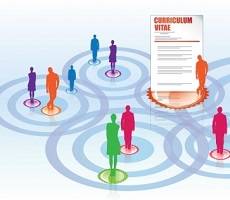March 2, 2016
Effect of robots at work on people’s future wellbeing still very uncertain 0
 The effects of robotics on workers’ and managers’ motivation and wellbeing are not widely known, meaning psychosocial factors related to robotics will require more attention in the field of safety and health. This is just one of the conclusions of a new discussion paper – drawn up by EU-OSHA (European Agency for Safety and Health at Work) on the influence of robotics on the future of work. While the use of robots in a complementary role would be the least challenging for society, economic and productivity pressures are likely to result instead in a substitution approach, whereby individuals and groups are replaced in their jobs by robotics and automation. Fewer workers will be needed for jobs that are routine or have clearly definable tasks, as they will be done instead by industrial and service robots. A result of this technical change will be a relative increase in the demand for highly educated workers and a reduced demand for less educated workers traditionally carrying out jobs consisting of routine cognitive and manual tasks.
The effects of robotics on workers’ and managers’ motivation and wellbeing are not widely known, meaning psychosocial factors related to robotics will require more attention in the field of safety and health. This is just one of the conclusions of a new discussion paper – drawn up by EU-OSHA (European Agency for Safety and Health at Work) on the influence of robotics on the future of work. While the use of robots in a complementary role would be the least challenging for society, economic and productivity pressures are likely to result instead in a substitution approach, whereby individuals and groups are replaced in their jobs by robotics and automation. Fewer workers will be needed for jobs that are routine or have clearly definable tasks, as they will be done instead by industrial and service robots. A result of this technical change will be a relative increase in the demand for highly educated workers and a reduced demand for less educated workers traditionally carrying out jobs consisting of routine cognitive and manual tasks.
































